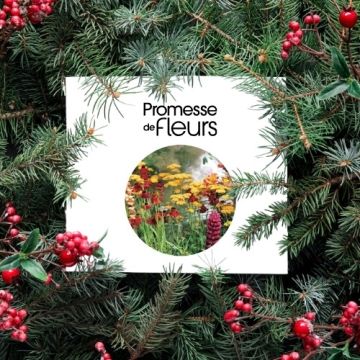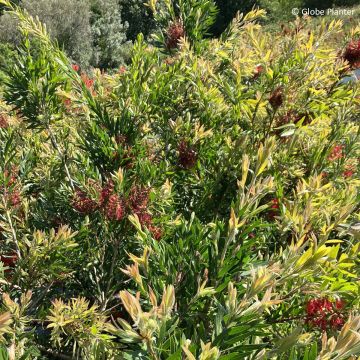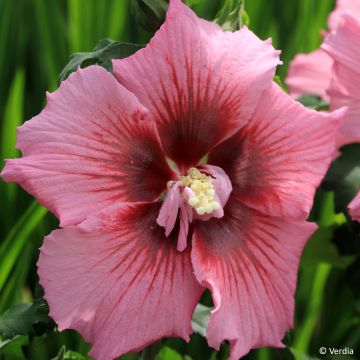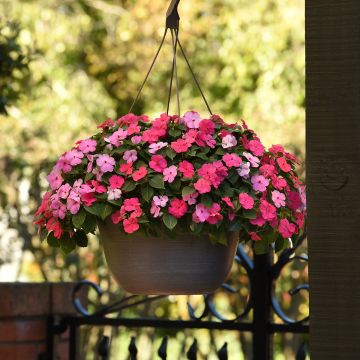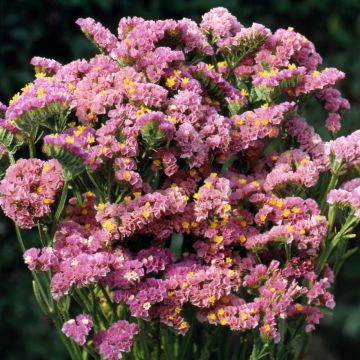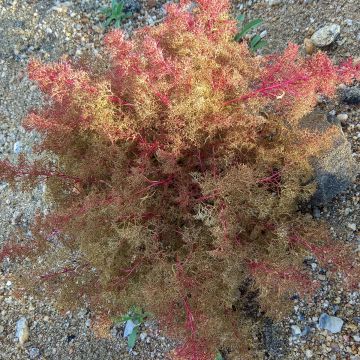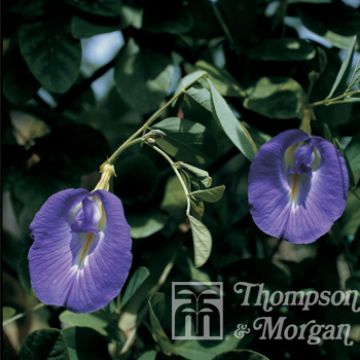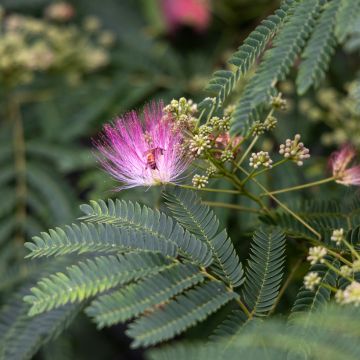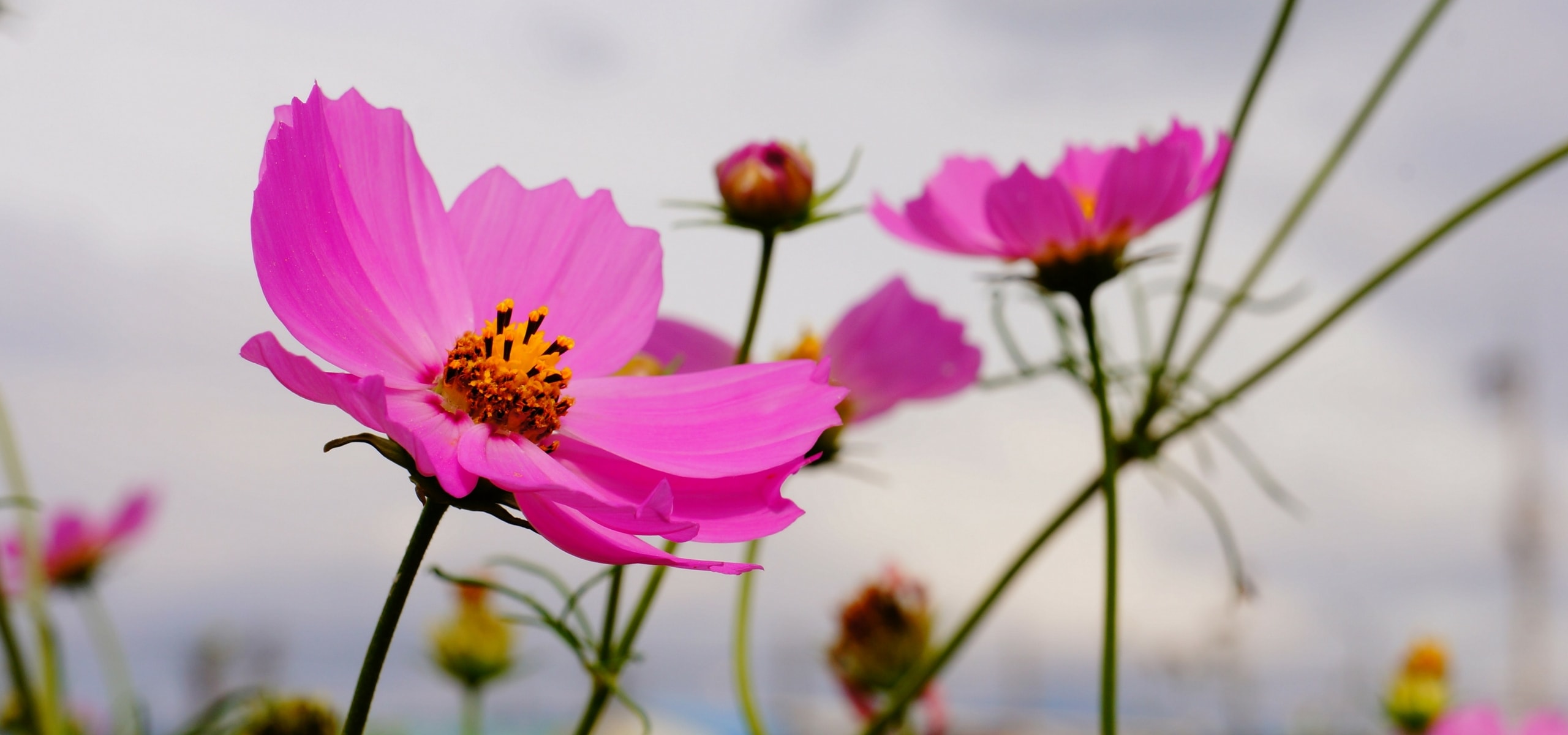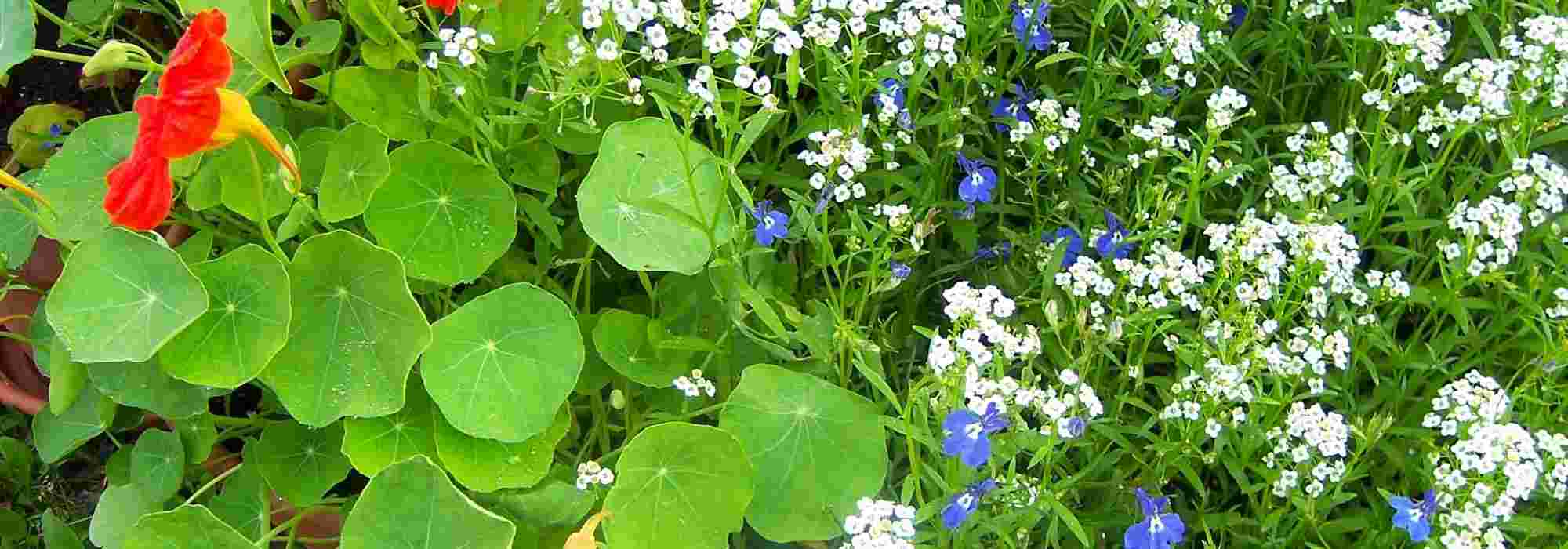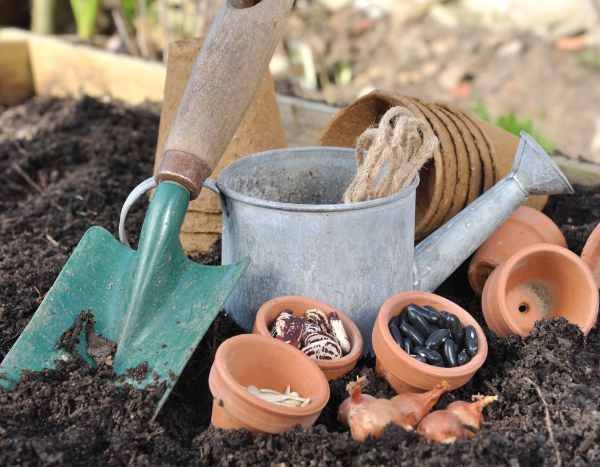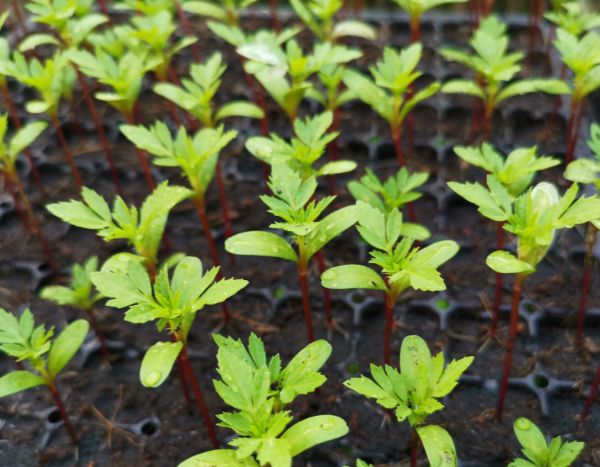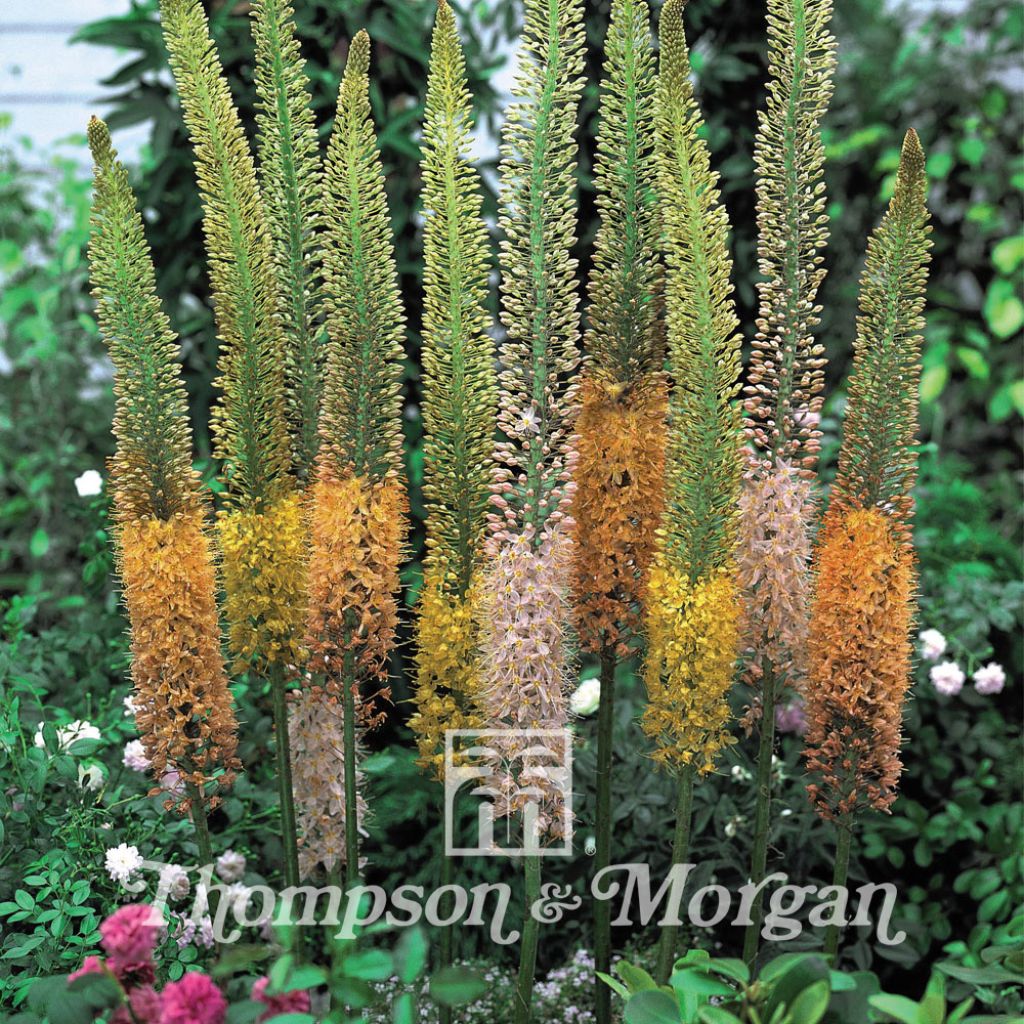

Eremurus Stenophyllus Cathedral Mixed
Eremurus stenophyllus Cathedral Mixed - Foxtail Lily
Eremurus stenophyllus Cathedral Mixed
Foxtail Lily
Special offer!
Receive a €20 voucher for any order over €90 (excluding delivery costs, credit notes, and plastic-free options)!
1- Add your favorite plants to your cart.
2- Once you have reached €90, confirm your order (you can even choose the delivery date!).
3- As soon as your order is shipped, you will receive an email containing your voucher code, valid for 3 months (90 days).
Your voucher is unique and can only be used once, for any order with a minimum value of €20, excluding delivery costs.
Can be combined with other current offers, non-divisible and non-refundable.
Why not try an alternative variety in stock?
View all →This plant carries a 6 months recovery warranty
More information
We guarantee the quality of our plants for a full growing cycle, and will replace at our expense any plant that fails to recover under normal climatic and planting conditions.
Does this plant fit my garden?
Set up your Plantfit profile →
Description
Eremurus stenophyllus Cathedral Mixed forms an exceptional mix of majestic spears, 1.50 meters (5 feet) above the ground. Worth planting for their highly architectural habit and the beauty of their inflorescences.
Eremurus stenophyllus, also known as the foxtail lily, is a lily native to Eastern Europe (Russia and Ukraine), Asia Minor and Central Asia, Turkey, Siberia, and China. It is a monumental and refined herbaceous perennial: imagine a long stem of 1.20 to 1.50 m (4 to 5ft) rising from a basal tuft of long, upright, dark green to greyish-green ribbon-like leaves. From May to July, a profusion of small flowers measuring 1 cm (0.2in) wide, veined with a line of lime green, bloom on a long cluster of 30 cm (12in) or more. The flowers come in shades of yellow, orange, peach, white, and pale pink. Long stamens emerge from each mature flower. They bloom along the spike from the bottom upwards, so that when the highest buds on the stems bloom, fruiting is already underway in the lower part. The beginning of flowering leads to the withering of the leaves.
Plant them in the background of borders or isolated in a sunny meadow. Due to their large stature, place them in a sheltered spot to protect them from the wind. Eremurus prefer rich, fertile, and well-drained soil. Whether the soil pH is acidic or neutral doesn't matter much to them. However, amend it with sand if it is not sufficiently draining.
The vertical stems of the Eremurus defies the horizon line, breaks the monotony, and provides not just a focal point but a true depth of field that amplifies the perspective in the garden. Pair it with beautiful Monarda Fireball, tall purple alliums, and some grasses to add airiness and transparency to the scene. To protect it from the cold, provide a mulch of dry leaves.
Divide the clumps in autumn as soon as they become too dense. Neither truly bulbous nor rhizomatous, this herbaceous perennial has a reserve organ in the unique shape of a starfish. It can be propagated by division or by sowing. Cutting the flower spikes at the beginning of flowering allows for the creation of beautiful bouquets of fresh flowers and they will continue to bloom.
Report an error about the product description
Flowering
Foliage
Plant habit
Botanical data
Eremurus
stenophyllus
Cathedral Mixed
Liliaceae
Foxtail Lily
Mediterranean
Other Thompson and Morgan seeds
View all →Planting and care
Eremurus is a very hardy plant that can withstand temperatures as low as -20°C (-4°F) but will need some warmth during sowing. Neither truly bulbous nor rhizomatous, this herbaceous perennial has a reserve organ in the unique shape of a starfish. It can be propagated by division or sowing. Sow indoors from February to July and place the container tightly closed at temperatures between 25 and 27°C (77 and 80.6°F) for 5 to 6 weeks, then place it in the lower part of your refrigerator to simulate a cold period. This step will last two months before returning to room temperature. Germination is quite slow. When the plants are strong enough to handle, transplant them outdoors into well-worked soil that you have amended with sand if necessary. Be sure to space the seedlings 80 to 90 cm (32 to 35in) apart.
Sowing period
Intended location
Planting & care advice
This item has not been reviewed yet - be the first to leave a review about it.
Haven't found what you were looking for?
Hardiness is the lowest winter temperature a plant can endure without suffering serious damage or even dying. However, hardiness is affected by location (a sheltered area, such as a patio), protection (winter cover) and soil type (hardiness is improved by well-drained soil).

Photo Sharing Terms & Conditions
In order to encourage gardeners to interact and share their experiences, Promesse de fleurs offers various media enabling content to be uploaded onto its Site - in particular via the ‘Photo sharing’ module.
The User agrees to refrain from:
- Posting any content that is illegal, prejudicial, insulting, racist, inciteful to hatred, revisionist, contrary to public decency, that infringes on privacy or on the privacy rights of third parties, in particular the publicity rights of persons and goods, intellectual property rights, or the right to privacy.
- Submitting content on behalf of a third party;
- Impersonate the identity of a third party and/or publish any personal information about a third party;
In general, the User undertakes to refrain from any unethical behaviour.
All Content (in particular text, comments, files, images, photos, videos, creative works, etc.), which may be subject to property or intellectual property rights, image or other private rights, shall remain the property of the User, subject to the limited rights granted by the terms of the licence granted by Promesse de fleurs as stated below. Users are at liberty to publish or not to publish such Content on the Site, notably via the ‘Photo Sharing’ facility, and accept that this Content shall be made public and freely accessible, notably on the Internet.
Users further acknowledge, undertake to have ,and guarantee that they hold all necessary rights and permissions to publish such material on the Site, in particular with regard to the legislation in force pertaining to any privacy, property, intellectual property, image, or contractual rights, or rights of any other nature. By publishing such Content on the Site, Users acknowledge accepting full liability as publishers of the Content within the meaning of the law, and grant Promesse de fleurs, free of charge, an inclusive, worldwide licence for the said Content for the entire duration of its publication, including all reproduction, representation, up/downloading, displaying, performing, transmission, and storage rights.
Users also grant permission for their name to be linked to the Content and accept that this link may not always be made available.
By engaging in posting material, Users consent to their Content becoming automatically accessible on the Internet, in particular on other sites and/or blogs and/or web pages of the Promesse de fleurs site, including in particular social pages and the Promesse de fleurs catalogue.
Users may secure the removal of entrusted content free of charge by issuing a simple request via our contact form.
The flowering period indicated on our website applies to countries and regions located in USDA zone 8 (France, the United Kingdom, Ireland, the Netherlands, etc.)
It will vary according to where you live:
- In zones 9 to 10 (Italy, Spain, Greece, etc.), flowering will occur about 2 to 4 weeks earlier.
- In zones 6 to 7 (Germany, Poland, Slovenia, and lower mountainous regions), flowering will be delayed by 2 to 3 weeks.
- In zone 5 (Central Europe, Scandinavia), blooming will be delayed by 3 to 5 weeks.
In temperate climates, pruning of spring-flowering shrubs (forsythia, spireas, etc.) should be done just after flowering.
Pruning of summer-flowering shrubs (Indian Lilac, Perovskia, etc.) can be done in winter or spring.
In cold regions as well as with frost-sensitive plants, avoid pruning too early when severe frosts may still occur.
The planting period indicated on our website applies to countries and regions located in USDA zone 8 (France, United Kingdom, Ireland, Netherlands).
It will vary according to where you live:
- In Mediterranean zones (Marseille, Madrid, Milan, etc.), autumn and winter are the best planting periods.
- In continental zones (Strasbourg, Munich, Vienna, etc.), delay planting by 2 to 3 weeks in spring and bring it forward by 2 to 4 weeks in autumn.
- In mountainous regions (the Alps, Pyrenees, Carpathians, etc.), it is best to plant in late spring (May-June) or late summer (August-September).
The harvesting period indicated on our website applies to countries and regions in USDA zone 8 (France, England, Ireland, the Netherlands).
In colder areas (Scandinavia, Poland, Austria...) fruit and vegetable harvests are likely to be delayed by 3-4 weeks.
In warmer areas (Italy, Spain, Greece, etc.), harvesting will probably take place earlier, depending on weather conditions.
The sowing periods indicated on our website apply to countries and regions within USDA Zone 8 (France, UK, Ireland, Netherlands).
In colder areas (Scandinavia, Poland, Austria...), delay any outdoor sowing by 3-4 weeks, or sow under glass.
In warmer climes (Italy, Spain, Greece, etc.), bring outdoor sowing forward by a few weeks.
































